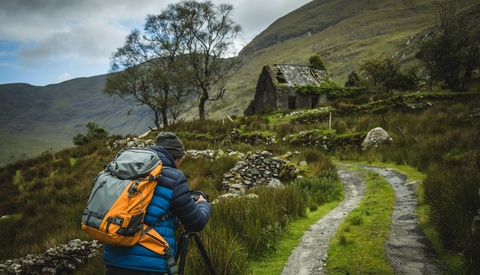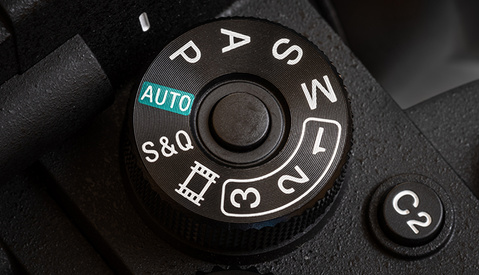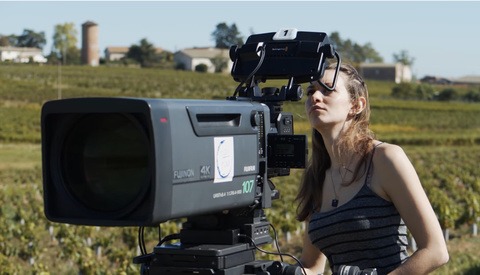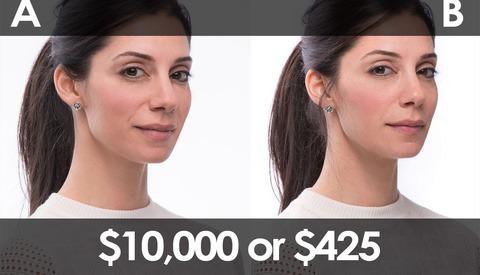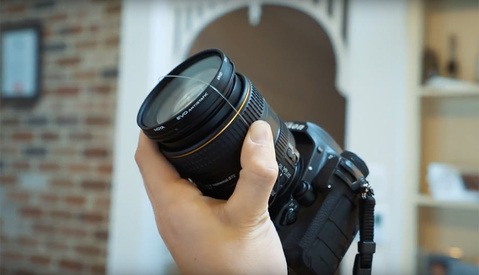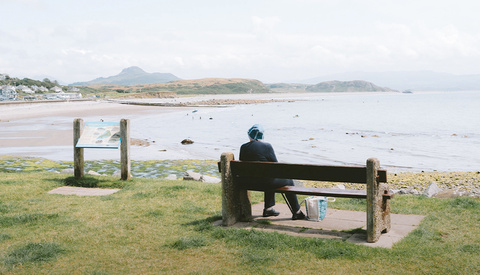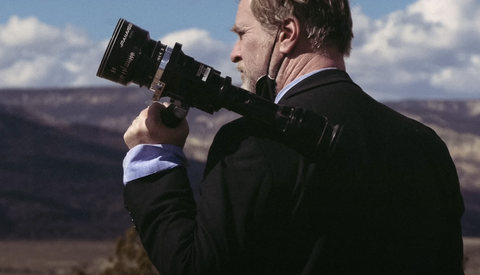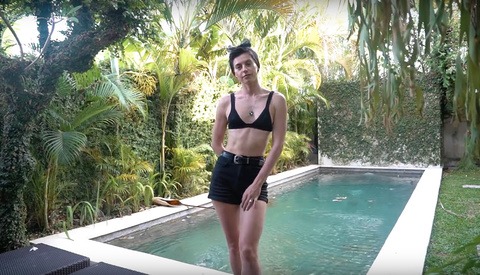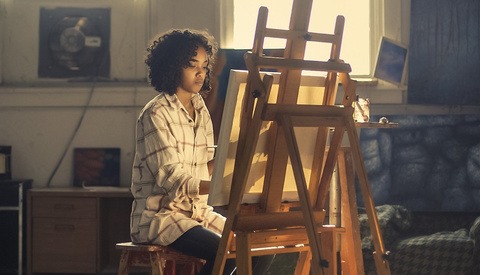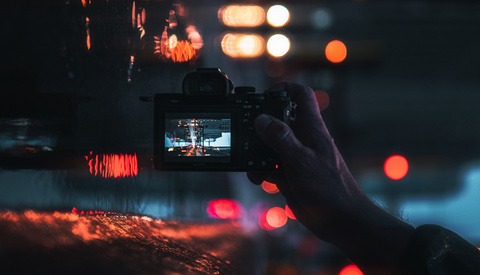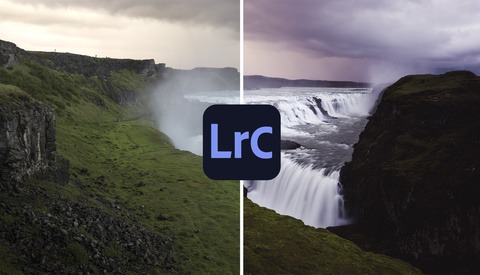Why I’ve Gone Back To Shooting Film...And Why You Should Too
Our DSLRs have confused us. We obssess over the wrong things. Sharpness at 400%; bokeh characteristics of lenses produced from what-must-surely-be prancing magical unicorns; high speed burst frame rates that make cameras sound like gatling guns; 4k resolution to shoot better cat videos; 100 auto focus points that still won’t focus on what we need them to; and noise performance at 400,000 ISO. Absolutely none of these will make your photographs better. Shooting film will though, here's why.


